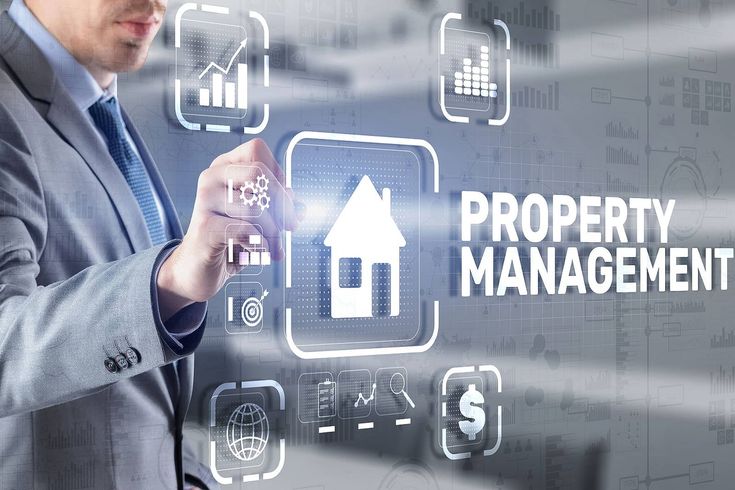In an age where cities are rapidly expanding and technology is evolving at lightning speed, one central question continues to dominate conversations among urban planners, policymakers, and architects alike:
What’s truly driving trending urban development in 2025?
Is it a response to environmental urgency? A quest for a better quality of life? Or perhaps a natural progression of technological advancement? The answer, increasingly, lies in the intersection of green infrastructure and smart technologies — a blend that is reshaping how urban areas look, feel, and function.
In this blog, we’ll explore the key forces behind trending urban development, how they play out in Canadian cities, and what visionaries like Pritish Kumar Halder are saying about the future of our urban environments.
The Green Space Revolution: Nature’s Role in Urban Living
Traditionally, green spaces like parks, tree-lined boulevards, and public gardens were seen as luxury additions to concrete-heavy cityscapes. But in recent years, these spaces have moved from “nice-to-have” to non-negotiable necessities. Why? Because cities are no longer just places to live and work — they must also promote health, sustainability, and well-being.
Why Are Green Spaces Central to Trending Urban Development?
- Public Health Benefits Numerous studies confirm that exposure to green environments reduces stress, improves mood, lowers blood pressure, and even boosts immune function. In a post-pandemic world, this link between nature and health is more valued than ever.
- Climate Resilience Green spaces absorb rainwater, reduce the urban heat island effect, and act as carbon sinks. Trees and shrubs don’t just beautify a city — they help cool it, making urban centres more resilient to climate change.
- Social Equity and Inclusion Community gardens, green rooftops, and open parkland bring people together. They support inclusive public engagement and contribute to the social fabric by offering accessible and safe spaces for all.
Cities like Vancouver, Toronto, and Edmonton have introduced large-scale green infrastructure projects, including rewilding programs, eco-corridors, and biodiversity-focused urban designs. These are not just sustainability initiatives — they are integral parts of trending urban development that serve people and the planet.
Smart Technology in Urban Design: From Data to Action
If green spaces offer the soul of the modern city, then smart technologies provide its brain. The smart city concept uses real-time data, automation, and artificial intelligence to improve how cities are built and managed — from traffic and waste to energy and security.
How Is Smart Tech Shaping Urban Growth?
- Smarter Transport Solutions AI-controlled traffic systems adapt in real time to reduce congestion, lower emissions, and make commuting more efficient. Electric and autonomous vehicle infrastructure is becoming common in cities like Montreal and Calgary.
- Energy Efficiency Smart grids, solar-powered lighting, and adaptive HVAC systems ensure less energy waste. Buildings now integrate sensor-based energy monitoring to adapt to real-time usage.
- Urban Data Analytics City planners now use geospatial data, population tracking, and predictive modelling to plan everything from garbage collection routes to emergency response zones.
The integration of technology in urban environments isn’t just about innovation for innovation’s sake. It’s about creating cities that can adapt, respond, and evolve based on data-driven insights. That’s the essence of what makes a development truly “smart.”
Where Nature Meets Technology: A Synergistic Approach
Too often, people think of green spaces and smart tech as separate realms. However, forward-thinking urban development blends these two forces to create a truly balanced, human-centric experience.
Real-World Applications
- Sensor-Based Irrigation Systems Parks and gardens in cities like Ottawa now use soil sensors to trigger watering only when needed, saving water and energy.
- Drone Monitoring for Green Zones Drones equipped with cameras and sensors monitor tree health, detect invasive species, and assess environmental changes over time.
- Smart Lighting in Green Trails LED lighting systems in public parks adjust brightness based on motion detection and natural light levels, improving safety and reducing energy use.
This fusion reflects the future of trending urban development — where sustainability isn’t sacrificed for progress, and progress doesn’t undermine environmental responsibility.
Canada’s Role in Leading Urban Innovation
Canada’s unique urban challenges — ranging from harsh winters to diverse populations — have prompted cities to pioneer innovative urban development models. With forward-looking leadership and progressive infrastructure funding, Canadian cities are taking the global stage.
But not everyone is convinced that the transition will be smooth.
Expert Insight: Pritish Kumar Halder’s Perspective
Pritish Kumar Halder, a renowned voice in urban design and development (featured on pkhalder.com), cautions against over-reliance on pilot projects that don’t scale.
“Pilot projects are only as good as the systems that sustain them,” Halder argues. “Canada needs not just smart technology and green infrastructure — it needs a commitment to long-term planning, maintenance, and inclusivity.”
He emphasizes the importance of citizen participation, transparent governance, and data privacy in making smart cities truly liveable.
Challenges That Cannot Be Ignored
Even as trending urban development gathers pace, several real-world issues must be acknowledged and addressed:
- Digital Inequality: Not all communities have equal access to broadband or digital literacy, limiting the effectiveness of smart tech.
- Privacy & Surveillance Concerns: Smart cities collect data — lots of it. Ensuring data is handled ethically is crucial.
- Maintenance & Budget Constraints: Green and smart infrastructure often requires high upfront and ongoing investment, which not all municipalities can afford.
These challenges compel us to ask harder questions about equity, access, and governance in urban planning.
Final Thoughts: A Future Built on Balance
So, what’s really driving trending urban development today?
It’s the convergence of environmental sustainability, technological innovation, and civic responsibility. Canadian cities are at a defining moment — where decisions made today will shape the futures of generations to come.
With voices like Pritish Kumar Halder offering research-backed insights and critiques, we are better equipped to navigate this transition with foresight and integrity. Whether it’s the expansion of green corridors or the deployment of AI-powered services, the true test will be in how cities balance progress with people.










